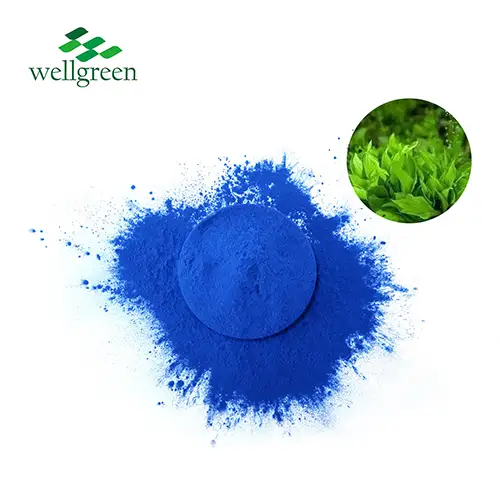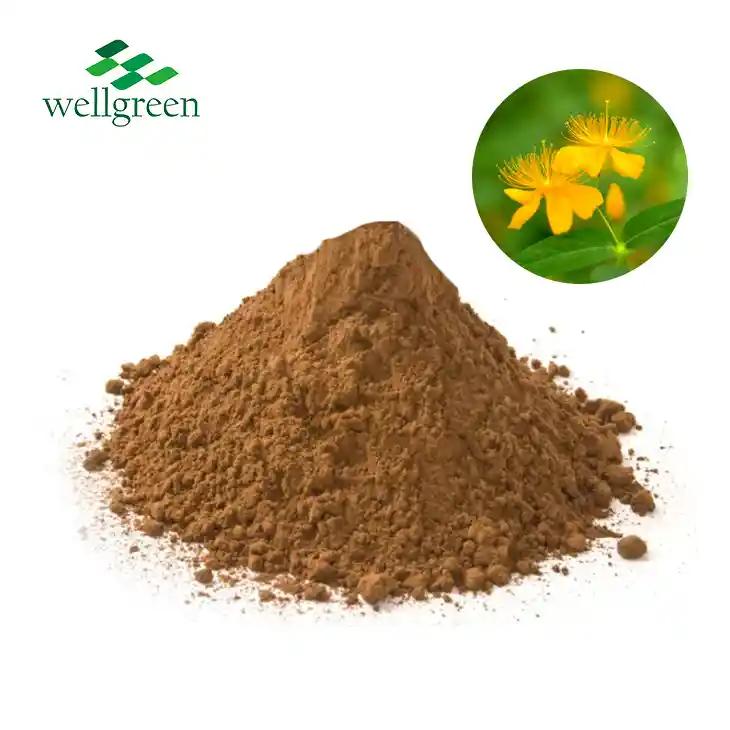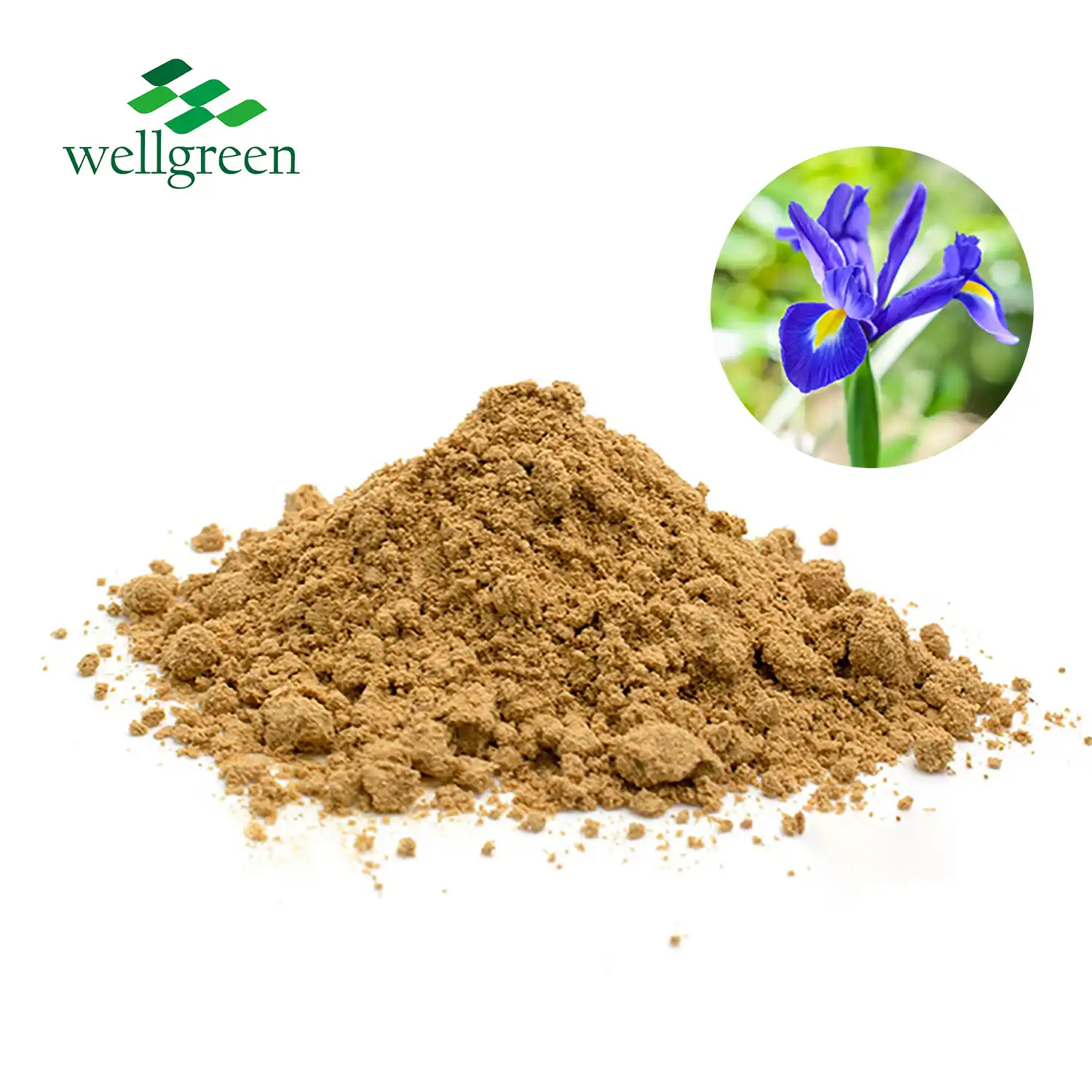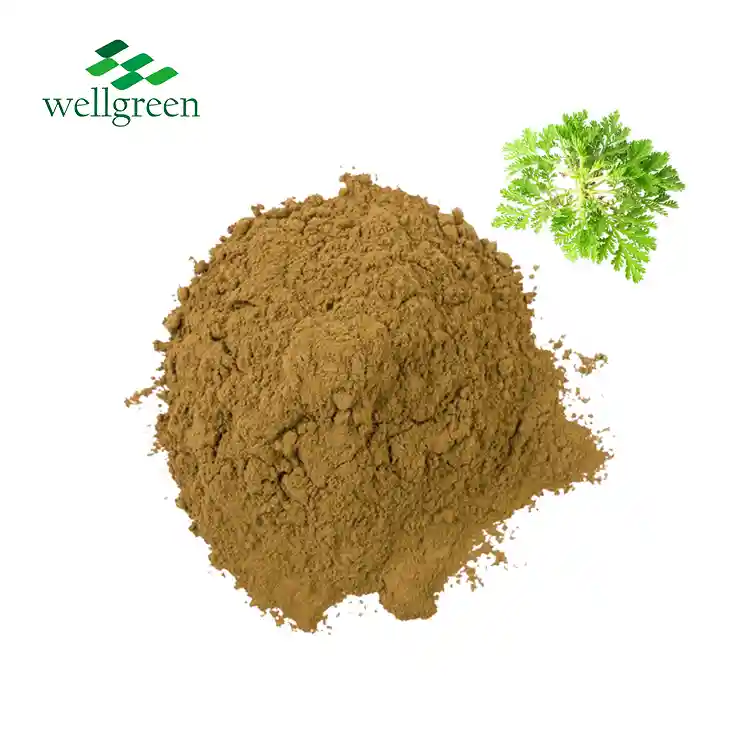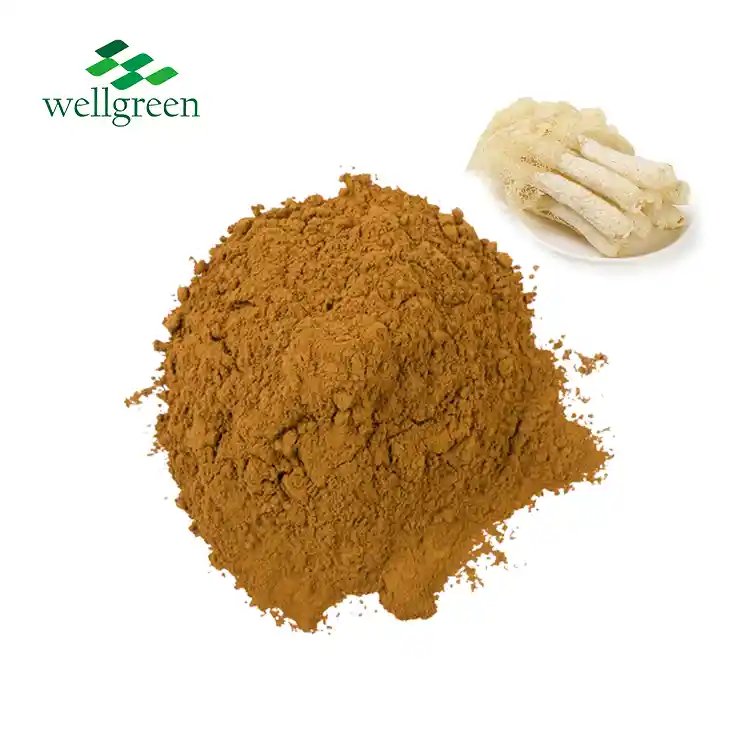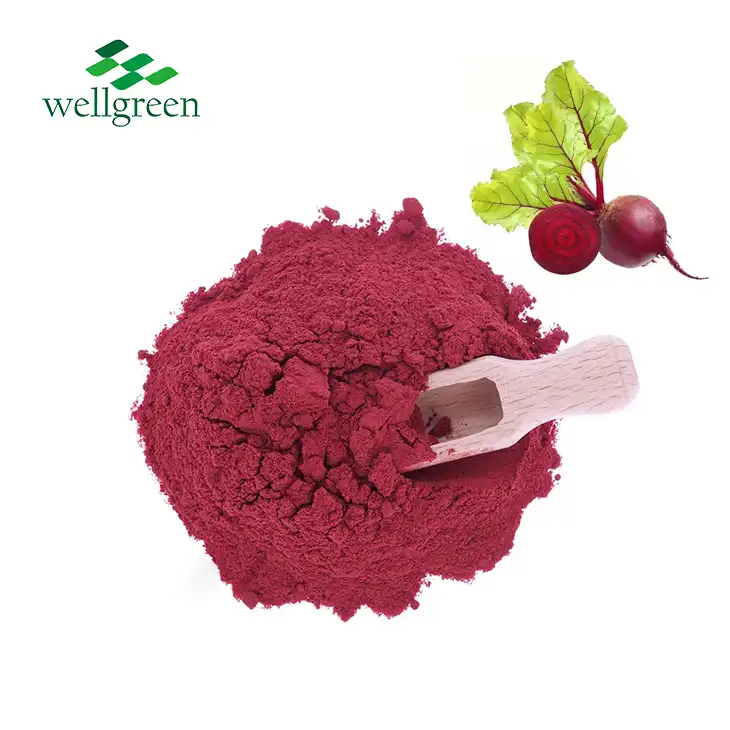What is fleece flower used for?
2024-07-04 11:20:34
Introduction: Exploring the Versatility of Fleece Flower
Fleece flower, scientifically known as Polygonum multiflorum, is a versatile herb deeply rooted in traditional Chinese medicine. Also referred to as He Shou Wu in Chinese, this herb has gained widespread popularity for its purported health benefits and therapeutic uses. From promoting hair growth and enhancing liver health to supporting heart function and boosting vitality, fleece flower has a rich history of medicinal applications. In this comprehensive guide, we will delve into the various ways fleece flower is used, particularly focusing on tuber fleeceflower stem Extract, and uncover the scientific basis behind its traditional claims.
Can Fleece Flower Improve Hair Health and Prevent Hair Loss?
Fleece flower is renowned for its ability to promote hair growth and prevent hair loss, making it a popular choice in natural hair care remedies.
 Hair Growth Stimulation:
Hair Growth Stimulation:
One of the primary traditional uses of fleece flower is in promoting hair growth. The herb is believed to stimulate hair follicles, prolonging the anagen (growth) phase of the hair cycle. This effect is attributed to compounds like stilbene glycosides and lectins found in fleece flower, which may have a positive impact on hair follicle cells.
Prevention of Premature Graying:
Another common use of fleece flower is to maintain natural hair color and delay the onset of gray hair. The herb is thought to nourish the kidneys and liver in traditional Chinese medicine, which are believed to influence hair health and color. Regular consumption of fleece flower is said to replenish the body's essence (Jing), thereby preserving hair pigmentation.
Clinical Evidence and Research:
Scientific research supporting the use of fleece flower for hair health is still limited but promising. Studies have shown that tuber fleeceflower stem extracts from Polygonum multiflorum may promote hair growth by inducing the proliferation of dermal papilla cells and increasing the expression of growth factors in hair follicles. These findings suggest a potential role for fleece flower in combating hair loss and promoting thicker, healthier hair.
Application Methods:
Fleece flower can be consumed orally as a decoction, tea, or in supplement form to support hair health from within. Additionally, topical applications of fleece flower extract or oil may directly nourish the scalp and hair follicles, enhancing its beneficial effects on hair growth and texture.
In conclusion, while further research is needed to fully elucidate the mechanisms behind fleece flower's effects on hair health, traditional use and preliminary studies indicate its potential as a natural remedy for promoting hair growth and maintaining hair quality.
What Liver Health Benefits Does Fleece Flower Offer?
Fleece flower is believed to have significant benefits for liver health, playing a crucial role in detoxification and overall liver function.
Detoxification Support:
In traditional Chinese medicine, fleece flower is considered a potent herb for detoxifying the liver and kidneys. It is believed to clear heat and toxins from the body, promoting overall health and vitality. Regular consumption of fleece flower is thought to support the body's natural detoxification processes, thereby enhancing liver function.
Liver Protection and Regeneration:
Research suggests that tuber fleece root extract may possess hepatoprotective properties, helping to protect the liver from damage caused by toxins and oxidative stress. The herb's antioxidant compounds, such as stilbene glycosides and anthraquinones, are believed to scavenge free radicals and reduce inflammation in liver tissues. This protective effect may contribute to maintaining liver health and preventing liver diseases.
Management of Liver Disorders:
Fleece flower has been traditionally used to treat liver disorders such as fatty liver disease and hepatitis. Studies have shown that extracts from Polygonum multiflorum exhibit anti-inflammatory and anti-fibrotic effects in liver cells, which may help mitigate liver damage and promote tissue repair. These findings suggest a potential therapeutic role for fleece flower in managing liver conditions.
Supporting Liver Function:
Regular consumption of fleece flower as part of a balanced diet or herbal regimen is believed to support liver function and improve overall vitality. The herb's ability to enhance blood circulation and regulate lipid metabolism further contributes to its beneficial effects on liver health.
Overall, fleece flower's role in promoting liver health is supported by both traditional use and emerging scientific evidence. Incorporating this herb into a holistic health regimen may help maintain liver function, protect against liver damage, and support overall well-being.
How Does Fleece Flower Support Overall Vitality and Longevity?
Beyond its specific uses for hair and liver health, fleece flower is valued in traditional medicine for its ability to enhance vitality and promote longevity.
Adaptogenic Properties:
Fleece flower is classified as an adaptogen—a natural substance that helps the body adapt to stress and promotes overall balance. Adaptogens are believed to support the body's resilience to physical, emotional, and environmental stressors, thereby enhancing vitality and longevity. Regular consumption of tuber fleeceflower extract is thought to strengthen the body's Qi (vital energy) and nourish the blood, supporting overall health and well-being.
Anti-Aging Effects:
 Traditional Chinese medicine considers fleece flower as a tonic herb that rejuvenates the body and delays the aging process. The herb's antioxidant compounds help combat oxidative stress, which is a major contributor to aging and age-related diseases. By reducing free radical damage and supporting cellular health, fleece flower may help maintain youthful vigor and vitality.
Traditional Chinese medicine considers fleece flower as a tonic herb that rejuvenates the body and delays the aging process. The herb's antioxidant compounds help combat oxidative stress, which is a major contributor to aging and age-related diseases. By reducing free radical damage and supporting cellular health, fleece flower may help maintain youthful vigor and vitality.
Energy and Stamina Enhancement:
Fleece flower is often used to boost energy levels and enhance stamina, making it particularly beneficial for individuals experiencing fatigue or low vitality. The herb's ability to improve blood circulation and oxygen delivery to tissues may contribute to increased energy levels and endurance.
Longevity Tonic:
In traditional Chinese longevity practices, fleece flower is regarded as a tonic for promoting longevity and extending life span. Regular consumption of the herb is believed to strengthen the body's foundational energies, balance Yin and Yang, and support overall longevity. By nourishing the essence (Jing) and replenishing vital energies, fleece flower helps maintain robust health and vitality throughout life.
In summary, tuber fleeceflower stem extract's broad spectrum of health benefits extends beyond specific ailments, encompassing its role in enhancing vitality, promoting longevity, and supporting overall well-being. Whether used for hair health, liver detoxification, or as a general tonic, fleece flower remains a cornerstone of traditional herbal medicine for promoting a healthy and balanced life.
References
1. Pan, S. Y., Zhou, S. F., Gao, S. H., Yu, Z. L., Zhang, S. F., Tang, M. K., ... & Ko, K. M. (2013). New perspectives on how to discover drugs from herbal medicines: CAM's outstanding contribution to modern therapeutics. Evidence-Based Complementary and Alternative Medicine, 2013, 627375.
2. Hu, C. H., & Zheng, S. H. (2012). The role of traditional Chinese medicine in cardiovascular drug discovery. Current Pharmaceutical Design, 18(14), 2033-2040.
3. Kwan, H. Y., & Yang, M. S. (2011). A review of the molecular mechanisms underlying the anti-aging and anti-oxidative activities of Polygonum multiflorum. Journal of Traditional and Complementary Medicine, 1(3), 179-184.
4. Xu, Q., & Bauer, R. (2014). He Shou Wu (Polygonum multiflorum Thunb.): A Chinese herb with controversial toxicology. Current Drug Safety, 9(1), 99-106.
5. Li, X., Wu, L., & Zhang, X. (2015). Effects of Polygonum multiflorum on antioxidant and immune function in humans. International Journal of Molecular Sciences, 16(2), 3386-3400.

